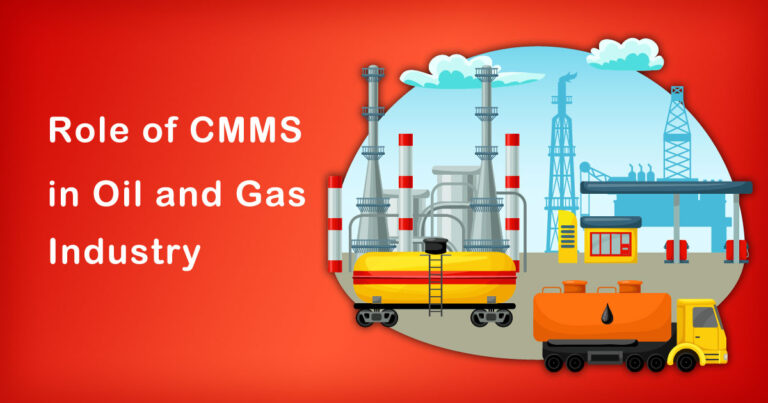Compliance management is an essential component of any organization’s operational structure. With the rapid growth of businesses in India, there has been an increasing need to comply with regulatory requirements to avoid legal or financial penalties. However, managing compliance manually can be a daunting task, especially for organizations with multiple locations and complex processes. This is where Computerized Maintenance Management Systems (CMMS) come in handy.
A CMMS is a software tool that helps organizations manage their maintenance activities and track assets, inventory, work orders, and preventive maintenance schedules. A CMMS can also be used for compliance management, helping organizations comply with various regulations and standards such as ISO, OSHA, and environmental regulations. In this article, we will discuss the benefits of using a CMMS for compliance management in an Indian context.
1. Streamlined Compliance Processes
Compliance management involves the creation and maintenance of policies, procedures, and processes to ensure compliance with regulatory requirements. A CMMS can help streamline compliance processes by automating compliance-related tasks such as inspections, audits, and documentation. This helps ensure that all compliance requirements are met on time and without errors, reducing the risk of non-compliance and associated penalties.
2. Improved Asset Management
Assets are an essential part of compliance management, and managing them manually can be a tedious task. A CMMS can help organizations manage their assets more efficiently by tracking them in real-time, ensuring that they are maintained and inspected regularly, and keeping records of all maintenance activities. This can help organizations avoid asset-related compliance issues and improve their overall asset management practices.
3. Better Data Management and Reporting
Compliance management requires the collection, management, and analysis of large amounts of data. A CMMS can help organizations manage data more effectively by providing a centralized platform for data collection and management. This can help organizations generate accurate reports and analytics, identify compliance-related issues, and make informed decisions to improve their compliance management practices.
4. Reduced Maintenance Costs
Compliance management often involves regular maintenance activities, such as inspections and preventive maintenance. A CMMS can help organizations reduce maintenance costs by optimizing maintenance schedules, identifying maintenance needs early, and reducing the risk of equipment breakdowns. This can help organizations avoid unplanned downtime and reduce maintenance-related expenses, ultimately improving their bottom line.
5. Enhanced Safety and Environmental Compliance
Compliance management also involves ensuring the safety of employees and compliance with environmental regulations. A CMMS can help organizations improve safety practices by automating safety-related tasks such as inspections and providing real-time alerts for safety-related issues. Additionally, a CMMS can help organizations comply with environmental regulations by tracking hazardous waste, emissions, and other environmental parameters.
In conclusion, a CMMS can be an effective tool for compliance management in India. By streamlining compliance processes, improving asset management, providing better data management and reporting, reducing maintenance costs, and enhancing safety and environmental compliance, a CMMS can help organizations comply with regulatory requirements more efficiently and effectively. As regulatory requirements continue to evolve in India, organizations that implement a CMMS for compliance management can stay ahead of the curve and avoid potential legal and financial penalties.








